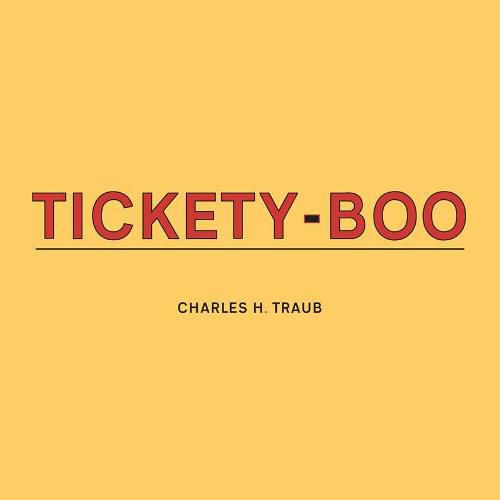Readings Newsletter
Become a Readings Member to make your shopping experience even easier.
Sign in or sign up for free!
You’re not far away from qualifying for FREE standard shipping within Australia
You’ve qualified for FREE standard shipping within Australia
The cart is loading…






Tickety-Boo is a block of a book with more than two hundred images edited from smart phone photographs taken during Charles H. Traub’s everyday ramblings over the last four years. The English expression tickety-boo loosely translates ‘Everything is okay, but maybe everything isn’t!’ Therein lies the enigmatic crux of the images contained in the book. The smart phone is an ingenious companion that readily makes a photographic response by Traub quick and unobtrusive - a third eye, if you will. A stream of consciousness flows in his response to places, things, and people that catch his eclectic whimsy. His subjects are ambiguous and out of context, yet once organized together within this book, create a kind of pictorial completeness, both soothing and disquieting. The photographs in each spread vividly amplify each other leading the viewer to the next sequence. The mundane becomes animated, and in the end, this is a book about the delirious conditions of our time.
$9.00 standard shipping within Australia
FREE standard shipping within Australia for orders over $100.00
Express & International shipping calculated at checkout
Tickety-Boo is a block of a book with more than two hundred images edited from smart phone photographs taken during Charles H. Traub’s everyday ramblings over the last four years. The English expression tickety-boo loosely translates ‘Everything is okay, but maybe everything isn’t!’ Therein lies the enigmatic crux of the images contained in the book. The smart phone is an ingenious companion that readily makes a photographic response by Traub quick and unobtrusive - a third eye, if you will. A stream of consciousness flows in his response to places, things, and people that catch his eclectic whimsy. His subjects are ambiguous and out of context, yet once organized together within this book, create a kind of pictorial completeness, both soothing and disquieting. The photographs in each spread vividly amplify each other leading the viewer to the next sequence. The mundane becomes animated, and in the end, this is a book about the delirious conditions of our time.